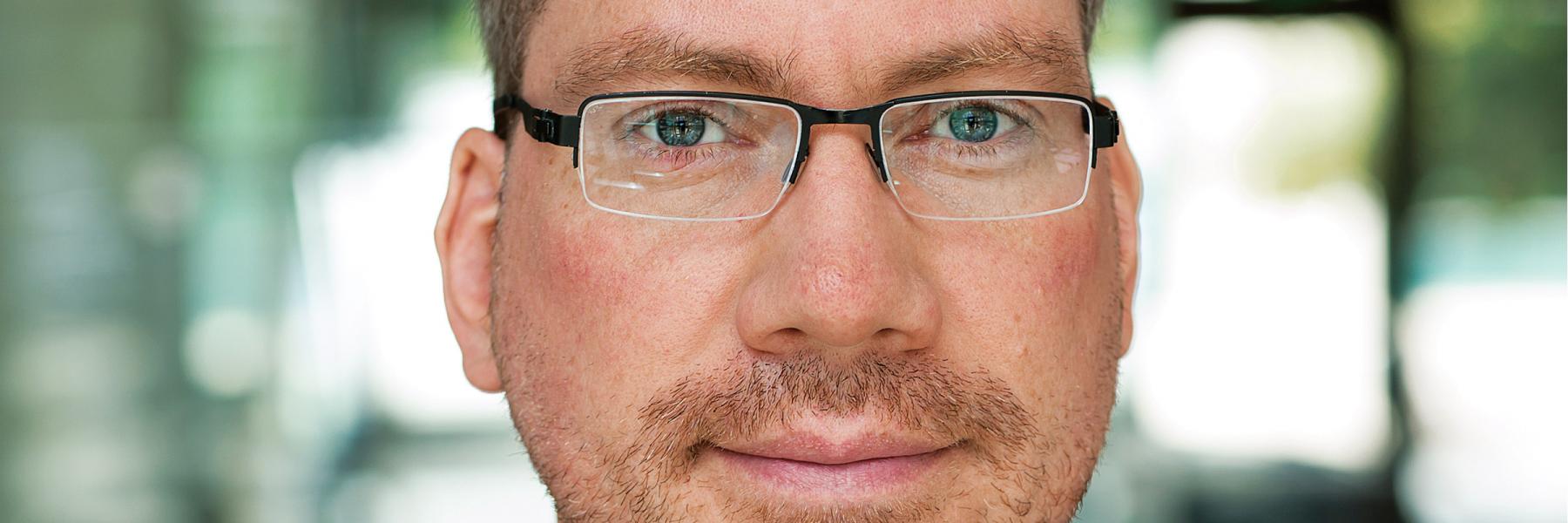
Timothy Henrich first garnered attention in the HIV cure research field while affiliated with Brigham and Women's Hospital and Harvard in Massachusetts. He was lead author on studies of two HIV-positive individuals—dubbed “The Boston Patients”—who experienced a massive reduction in their viral reservoirs after receiving stem cell transplants to treat life-threatening cancers. After a long period of post-transplant monitoring, an interruption of HIV treatment was conducted to test whether HIV was still present. For a tantalizing few months, the virus remained undetectable, leading to the hope that these individuals would join Timothy Brown as examples of cures. But after 12 weeks in one case and 32 weeks in the other, viral load reappeared and spiked to high levels, prompting the re-initiation of HIV drugs.
Like Clark Hawley, the Boston patients offer evidence that having a very small HIV reservoir can be associated with an extended period of remission, even in the absence of any detectable immune responses to the virus (their stem cell transplants had equipped them with new immune systems from uninfected donors, so their immune cells had not encountered HIV until it rebounded). Henrich, now at UCSF, has been working with mathematical modeler Alison Hill to better understand how low the reservoir would need to go to achieve a lifelong cure.
But most people with longstanding HIV infection have larger reservoirs and cannot be subjected to a dangerous procedure like stem cell transplantation. Hence efforts like the UCSF trial, which combine interventions that might lead to control of viral rebound even if they don’t put much of a dent in the size of the HIV reservoir. “I think using combination modalities is really the way to go,” notes Henrich.
His laboratory is interested in testing new methods of measuring HIV burden in tissues, such as combining antibodies capable of binding to infected cells with radiolabels that can then be detected using positron emission tomography (PET) scanning. Potentially, Henrich explains, “if someone comes off ART (antiretroviral therapy), we can see where that virus is going to be coming from if they do rebound.”
Henrich is also looking at markers on CD4 T cells that might flag them as harboring infectious HIV. His lab has evidence that the cellular receptor CD30 may be a candidate “biomarker” and that rising CD30 levels could be a harbinger of a viral load rebound in people experiencing a transient period of remission after HIV treatment interruption. That could turn into a future diagnostic tool to help assess the risk of HIV returning during a treatment interruption. “We hope to apply our know-how and look in more depth for these markers in the trial,” Henrich says.


